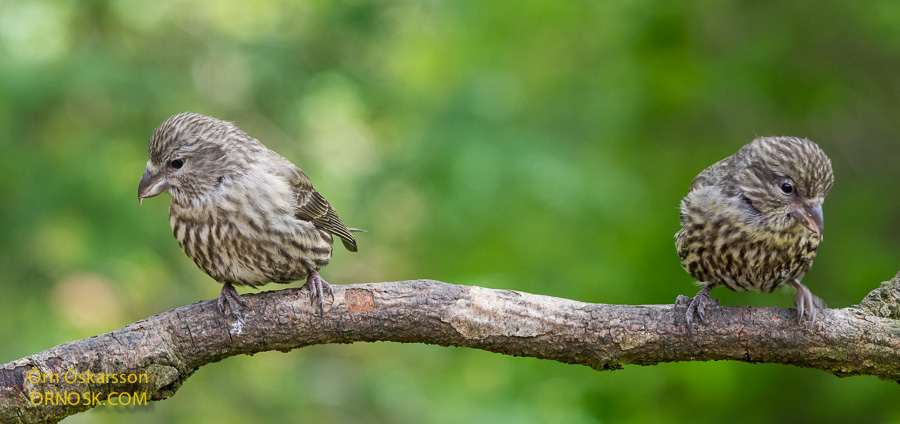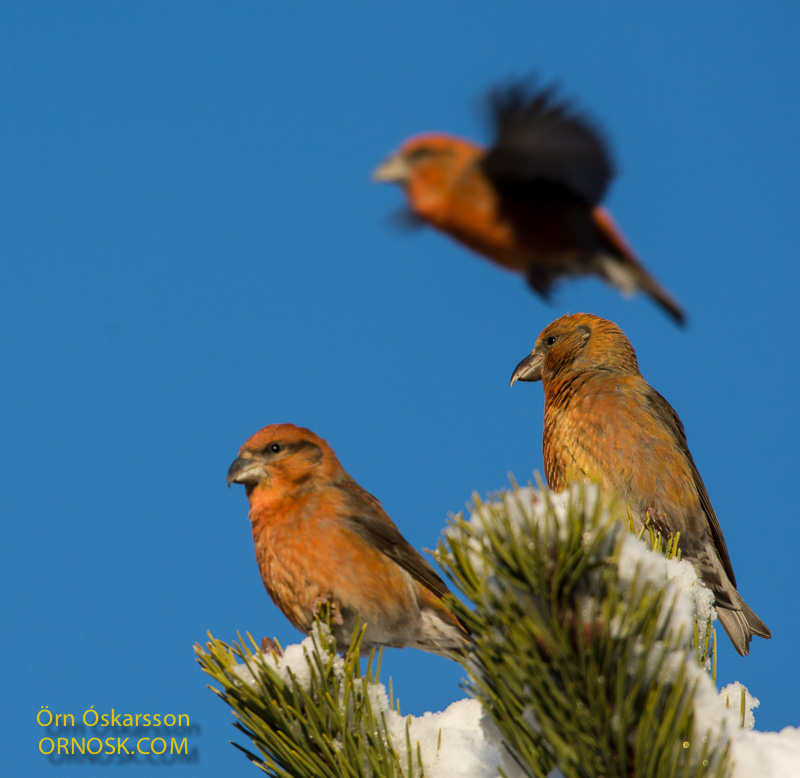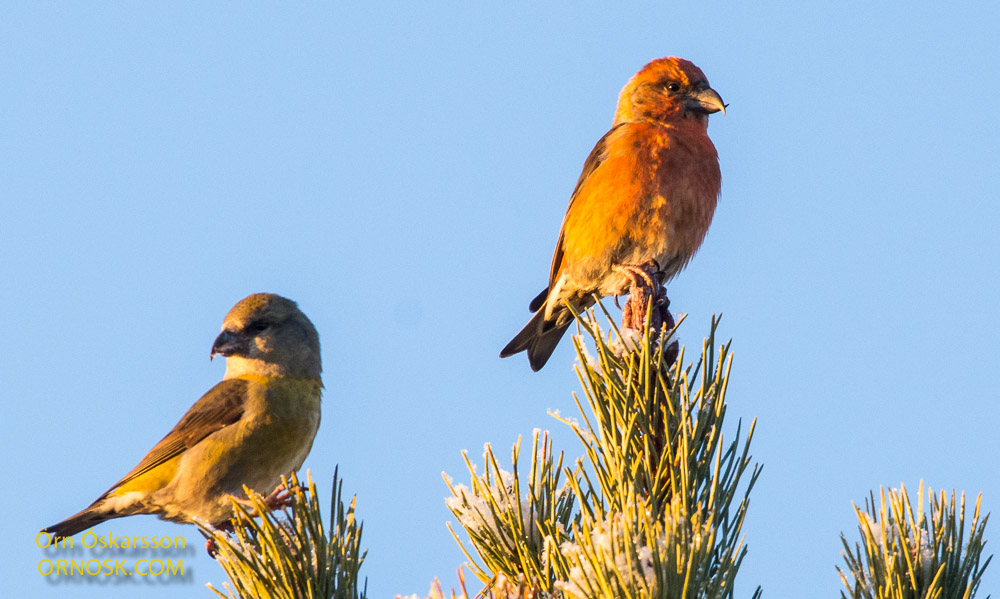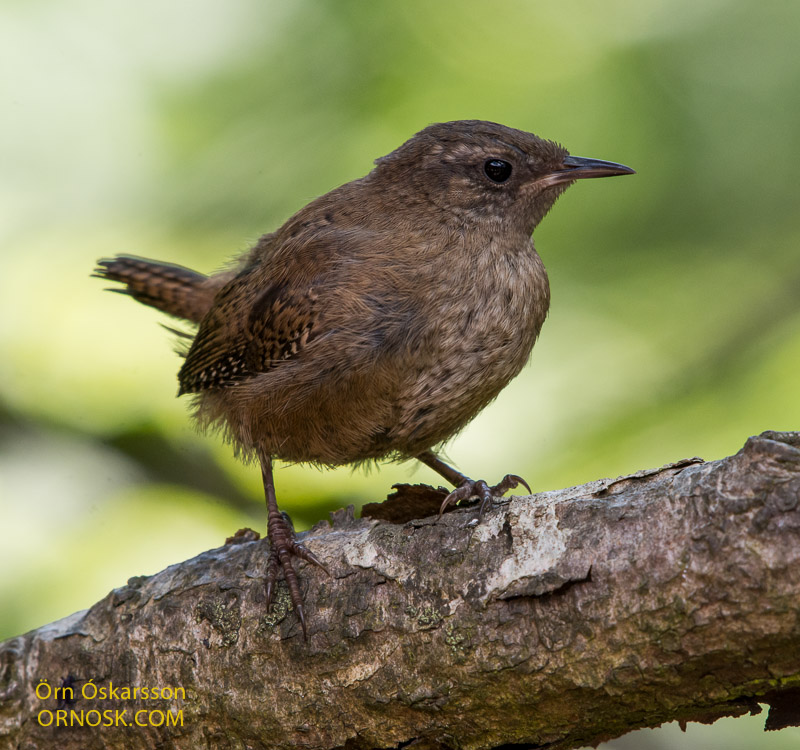
In the last two years Common Crossbills have scarcely been seen in gardens in Selfoss. The reason is probably the abundance of seeds in pines and spruce trees. They have therefore enjoyed their stay in Icelandic forests with enough food to sustain them.
This autumn they started turning up here to visit the feeding trays and in the last few days we have had up to 9 Crossbills here enjoying the Sunflower seeds that we put out for the birds.
The Crossbills are colourful and tame and a great addition to the usual guests. They brighten up our days during the darkest period of the year.





























